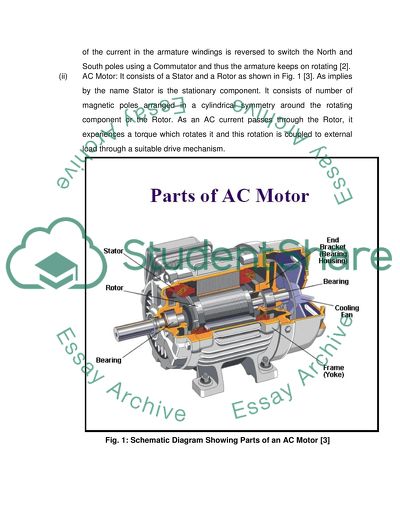Cite this document
(“Electric motors Essay Example | Topics and Well Written Essays - 1250 words”, n.d.)
Retrieved from https://studentshare.org/environmental-studies/1411422-electric-motors
Retrieved from https://studentshare.org/environmental-studies/1411422-electric-motors
(Electric Motors Essay Example | Topics and Well Written Essays - 1250 Words)
https://studentshare.org/environmental-studies/1411422-electric-motors.
https://studentshare.org/environmental-studies/1411422-electric-motors.
“Electric Motors Essay Example | Topics and Well Written Essays - 1250 Words”, n.d. https://studentshare.org/environmental-studies/1411422-electric-motors.


